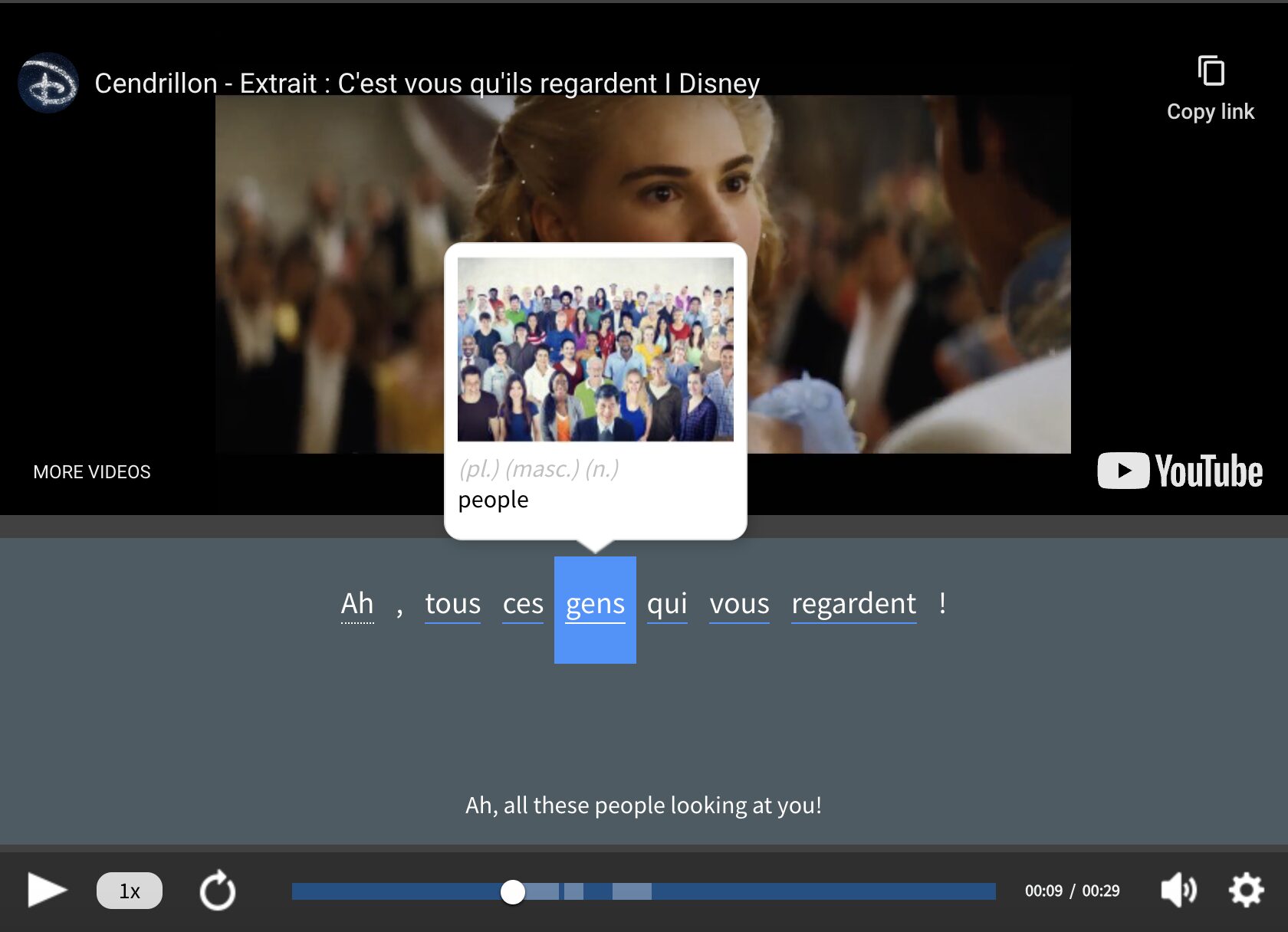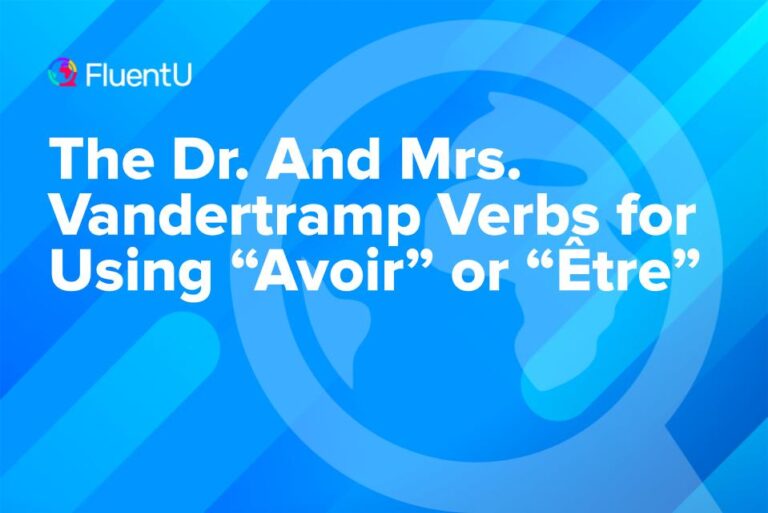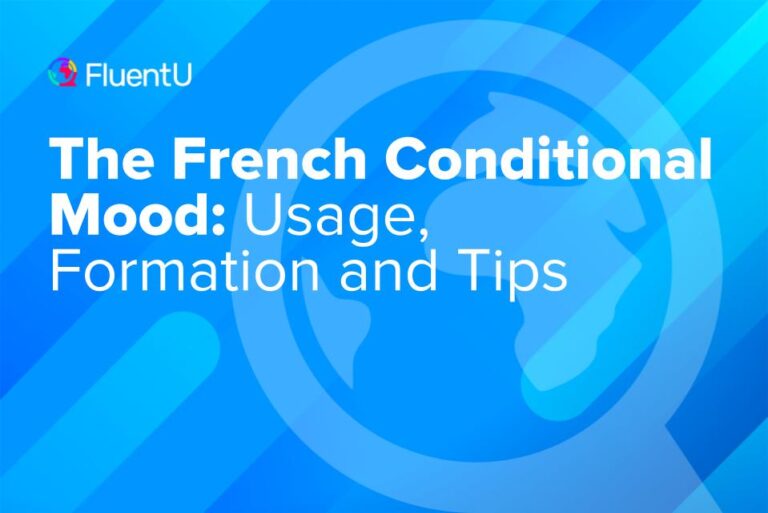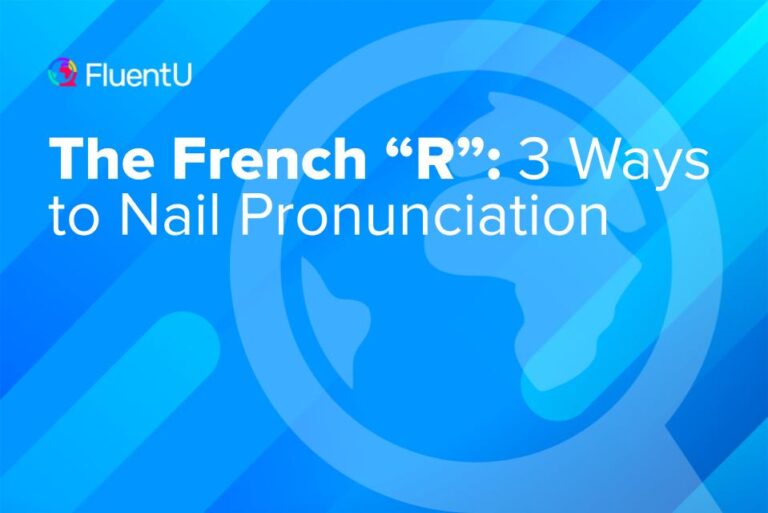Depuis vs. Pendant vs. Il y a: A Guide for French Learners
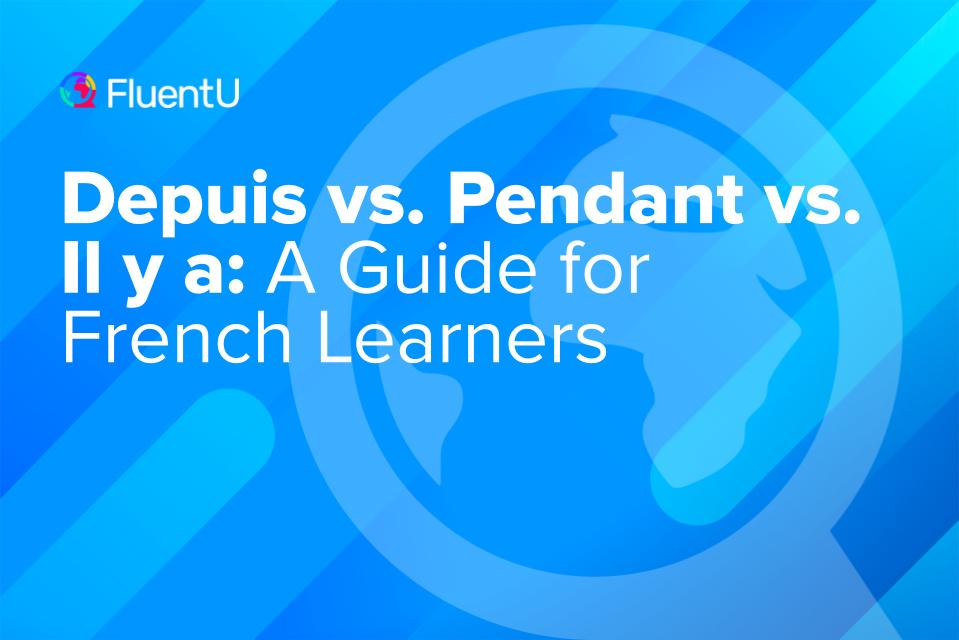
Temporal expressions like depuis, pendant and il y a are important in French for discussing time and duration. While they might seem straightforward at first glance, their meanings and uses differ significantly depending on context, often leading to confusion for English speakers.
Understanding these expressions will help you clearly express ongoing actions, fixed durations, and events in the past.
Download: This blog post is available as a convenient and portable PDF that you can take anywhere. Click here to get a copy. (Download)
What Are Depuis, Pendant and Il y a Used For?
These three French expressions are called temporal expressions. That means that we use them to express the passage of time or to talk about a specific duration of time.
We’ll explain their meaning and usage in more depth below, but here’s the gist: depuis generally translates to “since,” pendant generally translates to “during” and il y a generally translates to “ago.”
These temporal expressions are often used to talk about the past, but they can also be used to talk about a duration of time in the present and in the future.
We can also use pour (for) as a temporal expression, but more on that later.
Okay, makes sense so far, right?
The thing is, while these words have distinct meanings, they only have rough translations in English. Each expression has a specific use that’s a little more complex than its English counterpart. This typically leads to confusion among English speakers and frequent errors.
Don’t worry. Despite the potential for confusion, the usages of these three temporal expressions have rules and are very regular. Learn the rules and you’ll be using these expressions correctly for all time!
Using Depuis (Since)
The temporal expression depuis translates to “since” or “for” in English, but this translation isn’t so simple. In fact, its usage is very specific and certain rules must be followed.
Use depuis when talking about an action that started in the past but continues in the present.
- Mon enfant joue du piano depuis cinq mois. (My child has been playing the piano for five months.)
This is an action that started in the past (five months ago) and is still true today.
- J’ai commencé à boire du café la semaine passée. Depuis, je bois du café tous les matins. (I started drinking coffee last week. Since then, I have been drinking coffee every morning.)
In this case, depuis is acting as a transition word of sorts and could be translated to “since then.”
And, when talking about an action that was started in the past but was interrupted by another action.
- Elle dormait depuis deux heures quand le chien a aboyé. (She had been sleeping for two hours when the dog barked.)
In this case, the sleeping is a past action that was interrupted by the dog barking.
Note that the interrupted action is expressed with the imparfait (imperfect past) and the interrupting action is expressed with the passé composé (the present perfect). Here’s an in-depth guide to using these two French past tenses.
Using Pendant (During)
The French temporal expression pendant translates to the English word “during,” but it can also be used in the sense of the English word “for.” In this way, it’s also a synonym for the French word durant (during). There’s generally one rule for using pendant.
Use pendant when talking about an action that has a concrete start and end point.
You can use pendant to discuss this type of action in the present, past (with the passé composé) or future.
- J’ai joué au foot pendant trois heures aujourd’hui. (I played soccer for three hours today.)
The action (playing soccer) has been started and completed, and the speaker is no longer doing the action in the present or habitually.
- Je joue au foot pendant trois heures tous les mercredis. (I play soccer for three hours each Wednesday.)
- Je jouerai au foot pendant trois heures mercredi. (I will play soccer on Wednesday for three hours.)
You can use pour instead when talking about a future action with a concrete start and end.
In addition to pendant, the word pour can be used to talk about the duration of something, and it corresponds to the English “for.” However, the use of pour is very restricted, as you can only use it to refer to future actions. Pour is interchangeable with pendant in this case.
- Il va me rendre visite pour deux semaines. (He is going to visit me for two weeks.)
In this sentence, we are talking about a future action with a set start and end point, so we have the option of using pendant or pour to denote the duration of the action.
Using Il y a (Ago)
The last temporal expression on our list is il y a (ago). While it’s normally used in a sentence to mean “there is” or “there are,” in the context of a temporal expression, il y a expresses the idea of the English “ago.”
Use il y a when talking about completed actions followed by a length of time.
- Ils se sont réveillés il y a vingt minutes. (They woke up 20 minutes ago.)
In this case, il y a is followed by a length of time (20 minutes).
- Il y a cinq ans que le professeur travaille ici.
(The teacher has been working here for five years.)
The phrase il y a… que expresses the idea of “have been doing X for… .”
Note that while we use the present perfect continuous to describe the professor’s action in English, French uses the present tense after que in this construction.
Where to Practice Using These Expressions
You may’ve only just started learning the French temporal expressions depuis, pendant and il y a, but it’s never too early to start practicing! You can start applying your new skills using online exercises and language tools:
- Temporal expression comparisons: You can practice depuis vs. pendant vs. pour or depuis vs. il y a with lessons and fill-in-the-black exercises from the University of Texas.
- Practice depuis vs. pendant vs. pour at ToLearnFrench.com
- You can also use a language learning program like FluentU.
FluentU takes authentic videos—like music videos, movie trailers, news and inspiring talks—and turns them into personalized language learning lessons.
You can try FluentU for free for 2 weeks. Check out the website or download the iOS app or Android app.
P.S. Click here to take advantage of our current sale! (Expires at the end of this month.)
Now you’ve conquered these temporal expressions for the rest of your life.
In fact, maybe you’ll even think about how easy these are and how you should’ve mastered them ages ago!
Download: This blog post is available as a convenient and portable PDF that you can take anywhere. Click here to get a copy. (Download)
And One More Thing...
If you like learning French at your own pace and from the comfort of your device, I have to tell you about FluentU.
FluentU makes it easier (and way more fun) to learn French by making real content like movies and series accessible to learners. You can check out FluentU's curated video library, or bring our learning tools directly to Netflix or YouTube with the FluentU Chrome extension.
One of the features I find most helpful is the interactive captions—you can tap on any word to see its meaning, an image, pronunciation, and other examples from different contexts. It’s a great way to pick up French vocab without having to pause and look things up separately.
FluentU also helps reinforce what you’ve learned with personalized quizzes. You can swipe through extra examples and complete engaging exercises that adapt to your progress. You'll get extra practice with the words you find more challenging and even be reminded you when it’s time to review!
You can use FluentU on your computer, tablet, or phone with our app for Apple or Android devices. Click here to take advantage of our current sale! (Expires at the end of this month.)


